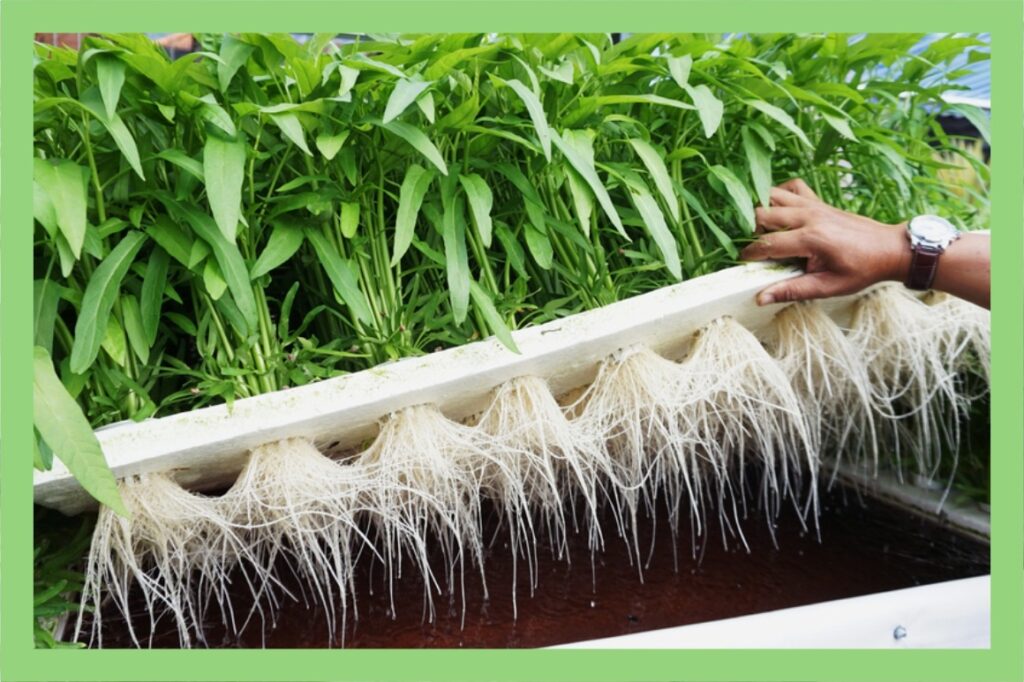Succulents do not necessarily need rocks on top, but some people like to add them as a decorative touch or to improve drainage. If you do add rocks to the top of your succulent’s soil, make sure to use small, well-washed rocks that do not contain any chemicals that could be harmful to the plant. Additionally, it’s important to note that succulents prefer well-draining soil and it’s advisable to let the soil dry out between watering.
Table of Contents
Can you water succulents with milk?
Watering succulents with milk is not recommended as it can lead to fungal or bacterial growth in the soil, which can harm the plant. Succulents prefer well-draining soil and should be watered infrequently, allowing the soil to dry out between watering. They are also sensitive to excess moisture, which can lead to root rot. It’s best to stick to using clean water to water your succulents.

What kind of fertilizer do succulents need?
Succulents generally do not need a lot of fertilizer, and in some cases, it can even be harmful to them. They are adapted to survive in environments where nutrients are scarce, so they can grow well with minimal fertilization.
If you do decide to fertilize your succulents, it’s best to use a fertilizer specially formulated for cacti and succulents, which typically have a lower concentration of nitrogen and higher concentrations of phosphorus and potassium. These fertilizers are also usually lower in strength than fertilizers for other types of plants.
It’s also important to keep in mind that succulents should only be fertilized during their active growing season, which is typically in the spring and summer. Over-fertilizing or fertilizing at the wrong time can cause the succulent to grow too quickly or become stunted.
Do you water succulents from the top or bottom?
Succulents are best watered from the bottom, also known as bottom watering. This can be done by filling a tray or saucer with water and then setting the pot containing the succulent in the water so that the soil can absorb the water from the bottom. This method allows the soil to become evenly saturated and prevents water from sitting on the leaves, which can lead to rot or fungal issues.
It is important to let the soil dry out between watering and to not leave the pot sitting in water for too long, as this can lead to root rot. You can use a pot with drainage holes at the bottom to allow the excess water to escape.
Alternatively, you can also use the “soak and dry” method, where you saturate the soil thoroughly, but only when it’s completely dry, allowing the water to be absorbed from the bottom up and ensuring that the soil is dry before watering again.
Is it OK to soak succulents?
Succulents are adapted to survive in environments with infrequent water, and they prefer to be watered infrequently and deeply, rather than frequently and lightly. Soaking the soil of a succulent can lead to root rot, which can be fatal to the plant. It is important to allow the soil to dry out between watering and to not leave the pot sitting in water for too long.
It’s best to use the “soak and dry” method when watering succulents. This means saturating the soil thoroughly, but only when it’s completely dry, and allowing the water to be absorbed from the bottom up. This will ensure that the soil is dry before watering again, and that the succulent is getting the water it needs without the risk of waterlogging.
Additionally, it’s important to note that succulents prefer well-draining soil, so it’s advisable to use a potting mix specifically formulated for succulents or cacti, rather than regular potting soil, which can retain too much water.

Do succulents like wet or dry soil?
Succulents prefer well-draining soil and it’s important to let the soil dry out between watering. They are adapted to survive in environments with infrequent water, and they prefer to be watered infrequently and deeply, rather than frequently and lightly. Overwatering or having soil that stays wet for too long can lead to root rot, which can be fatal to the plant.
It’s best to use the “soak and dry” method when watering succulents, which means saturating the soil thoroughly, but only when it’s completely dry, and allowing the water to be absorbed from the bottom up. This will ensure that the soil is dry before watering again, and that the succulent is getting the water it needs without the risk of waterlogging.
It’s also important to note that different types of succulents have different water needs, so it’s best to research the specific needs of the succulent you have. Some succulents like more humidity and moisture, while others prefer dry conditions.
What happens when succulents get too tall?
When succulents get too tall, it can be an indication that the plant is getting too much light or too much water. This can cause the plant to stretch and become leggy, with elongated spaces between leaves. The plant may also become top-heavy and may be at risk of falling over.
To fix this problem, you can move the plant to an area with less direct sunlight or reduce the amount of water you give it. Additionally, you can also prune the top of the plant, which will encourage it to bush out and become more compact. This is called “pinching” or “topping” the plant.
It’s important to note that not all succulents should be pruned, so it’s best to research the specific needs of the succulent you have before pruning. Some succulent types tend to grow in a rosette pattern and pruning will cause them to lose the rosette shape.
Also, if you notice that the succulent is getting too tall, it may be time to repot the plant in a larger container to give it more room to grow.
Should you remove dying succulent leaves?
It is generally recommended to remove dying leaves from succulents as they can harbor pests and diseases, and can also affect the overall appearance of the plant. Dead or dying leaves can also draw energy away from healthy growth, so removing them can help the plant focus its energy on healthy growth.
To remove dying leaves, gently pull or twist them off the stem. It’s important to use a clean and sharp cutting tool to avoid damaging the healthy parts of the plant.
It’s also important to note that some succulents, like some types of cacti, have a natural process of shedding leaves, especially when they are in the process of growing new ones. So, it’s best to research the specific needs of the succulent you have before removing the leaves.
Lastly, it’s important to keep an eye on the overall health of the succulent and address any issues that may arise, such as pests, disease, or insufficient light or water, to prevent the plant from becoming stressed and losing more leaves.
What does a dying succulent look like?
A dying succulent can have a few different visual signs. Some of the common signs that a succulent may be dying include:
-Yellowing or discolored leaves: Healthy succulent leaves are usually plump and a vibrant green color. If the leaves turn yellow, it can be an indication that the plant is not getting enough light or is overwatered.
-Soft or mushy leaves: Succulent leaves should be firm to the touch. If the leaves feel soft or mushy, it could be a sign of root rot, which is caused by overwatering or poor drainage.
-Shriveled or wrinkled leaves: If the leaves of the succulent look shriveled or wrinkled, it could be a sign that the plant is not getting enough water.
-Leaves falling off: If a succulent is losing leaves, it could be an indication that the plant is stressed or that the conditions it’s in are not ideal.
-Black or dark spots on leaves: This could be an indication of pests or diseases, it’s best to isolate the plant and check for any signs of insects or fungus.
-Rotting or bad smell: If the leaves or stem of the succulent are rotting or giving off an unpleasant smell, it’s a sign that the plant is past the point of recovery and should be removed.
It’s important to keep in mind that succulents can also lose leaves as a natural process of growth, so it’s best to research the specific needs of the succulent you have before taking any action.







